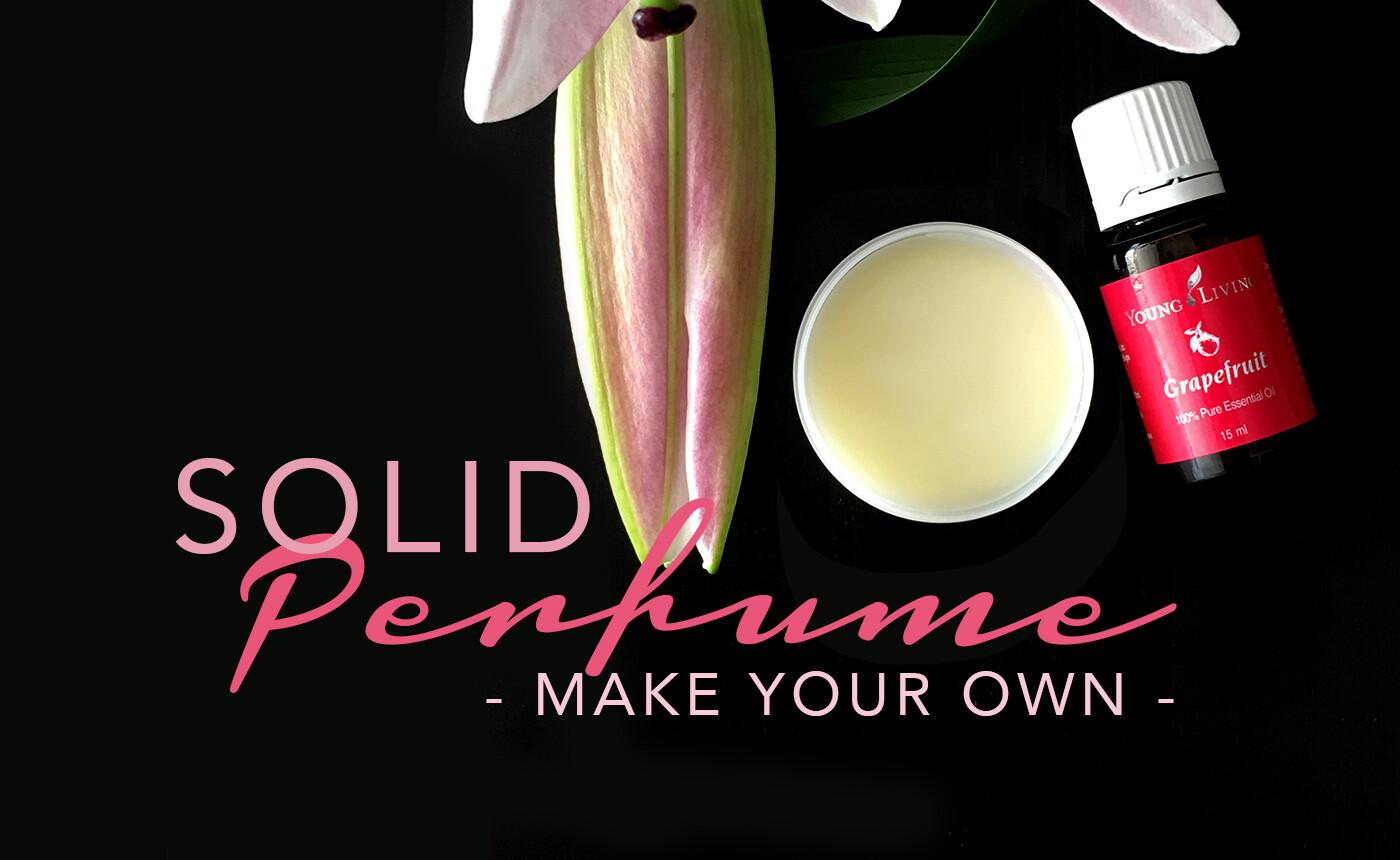
Solid Perfume
This post is contributed by One Drop Business Manager – Kaye Ng.
Commercial perfumes often give me a headache. Trust me, I have TONS. I have bought countless bottles of perfume only to spray them on, get into the car and get a massive headache AND a sneezing attack . It gets better the moment I get out of the car tho. BUT, its not because I sprayed half a bottle. I SWEAR – 3-5 spritz that’s all. Perhaps I’m just really sensitive to these scents.
Anyhow, so I decided to create my own solid perfume scents. These are like – balms with scents. So you just apply them as you go along and you can layer it as much as you want depending on how heavy you want the smell to be.
THE RECIPE:
- 3 Tbsp of Grapeseed Oil (or any carrier oil)
- 1 Tbsp of Jojoba Oil
- 1 Tbsp of Beeswax
- 20 Drops of Essential Oil
Directions:
- In a double boiler, melt the beeswax and the carrier oils together.
- Once melted, remove from heat and add essential oils, stirring well until combined.
- While HOT, pour your mixture into the container for your perfume.

Notes:
- Use a glass beaker with a lip to pour the melted solution into the containers or it will flow EVERYWHERE as the mixtures is thick.
- Work fast! Beeswax hardens very quickly and you might find yourself with a POT of harden beeswax which you cannot pour.
- Be careful of the type of scents you use. Some scents will not be strong esp as you pour them into a hot solution – effectively “cooking” the oils. However, the scent will get stronger after some time so don’t fret too much.
Here are some notes from this website on scents and how to create your own scent:
The Top Notes
Also sometimes referred to as the opening notes or head notes, the top notes of a fragrance are generally the lightest of all the notes. They are recognized immediately upon application of the perfume. The top notes are also the first to fade given their light molecular structure, but this does not mean they aren’t of utmost importance.
The top notes of a fragrance represent the first impression. How many times have you tested a fragrance only to be turned off right away? Why? Because the top notes didn’t make a lasting impression on you. It is hugely important that the top notes not only succeed at luring you in, but also smoothly transition into the heart of the fragrance.
Common fragrance top notes include citrus scents such as lemon, orange, bergamot, light fruits such as grapefruit and herbs like clary sage and lavender.
The Middle Notes
The middle notes, or the heart notes, make an appearance once the top notes evaporate. The middle notes are considered the heart of the fragrance. They last longer than the top notes and have a strong influence on the base notes to come. A perfume’s heart is generally pleasant and well-rounded. It is often a smooth combination of floral or fruit tones; sometimes infused with spices like cinnamon, nutmeg or cardamom.
Common fragrance middle notes include geranium, rose, lemongrass, ylang ylang, lavender, coriander, nutmeg, neroli and jasmine.
The Base Notes
The base notes are the final fragrance notes that appear once the top notes are completely evaporated. The base notes mingle with the heart notes to create the full body of the fragrance, but are typically associated with the dry-down period. The job of the base notes is to provide the lasting impression. These often rich notes linger on the skin for hours after the top notes have dissipated.
Common fragrance base notes include cedarwood, sandalwood, patchouli etc.
Without the combination of the three levels of notes, a fragrance just wouldn’t be aromatically appealing. But together, they create beautiful scents.
So go try and make your own scent. If all else fails, just use a beautiful scent already created from Young Living like Joy!
If you are interested in trying out the Young Living oils, or would like to find out more do drop me an email at kaye@onedrop.sg or sign up here to buy the products.


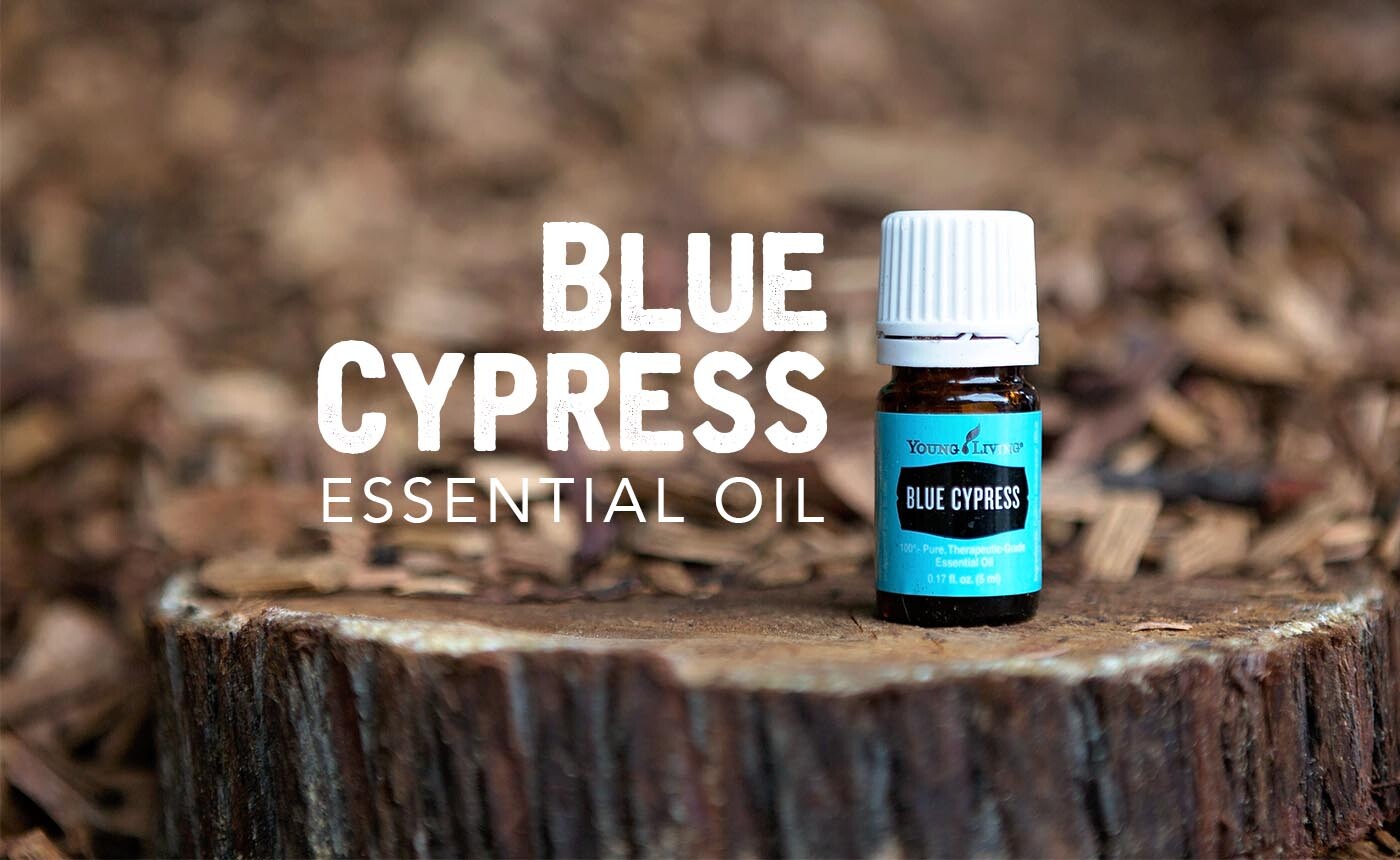



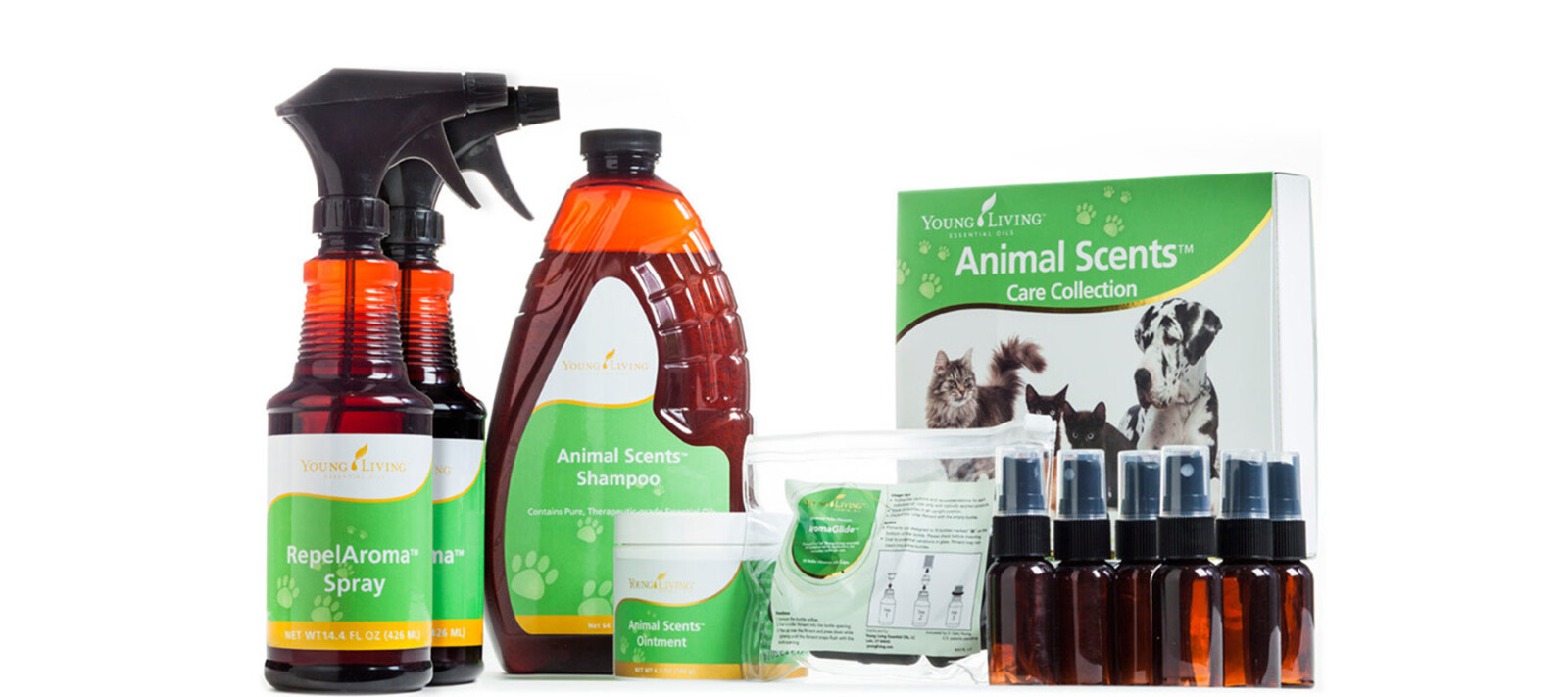

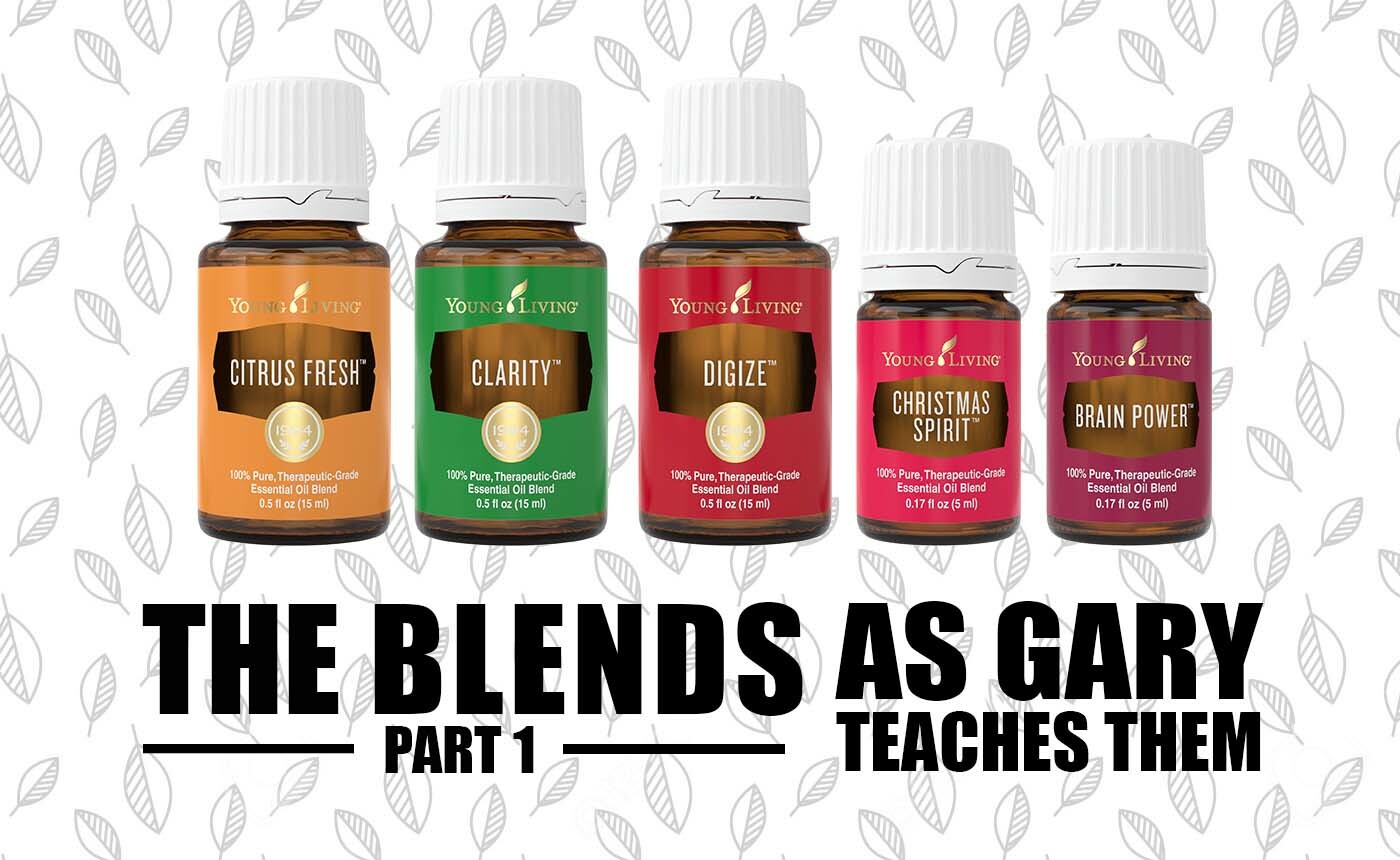
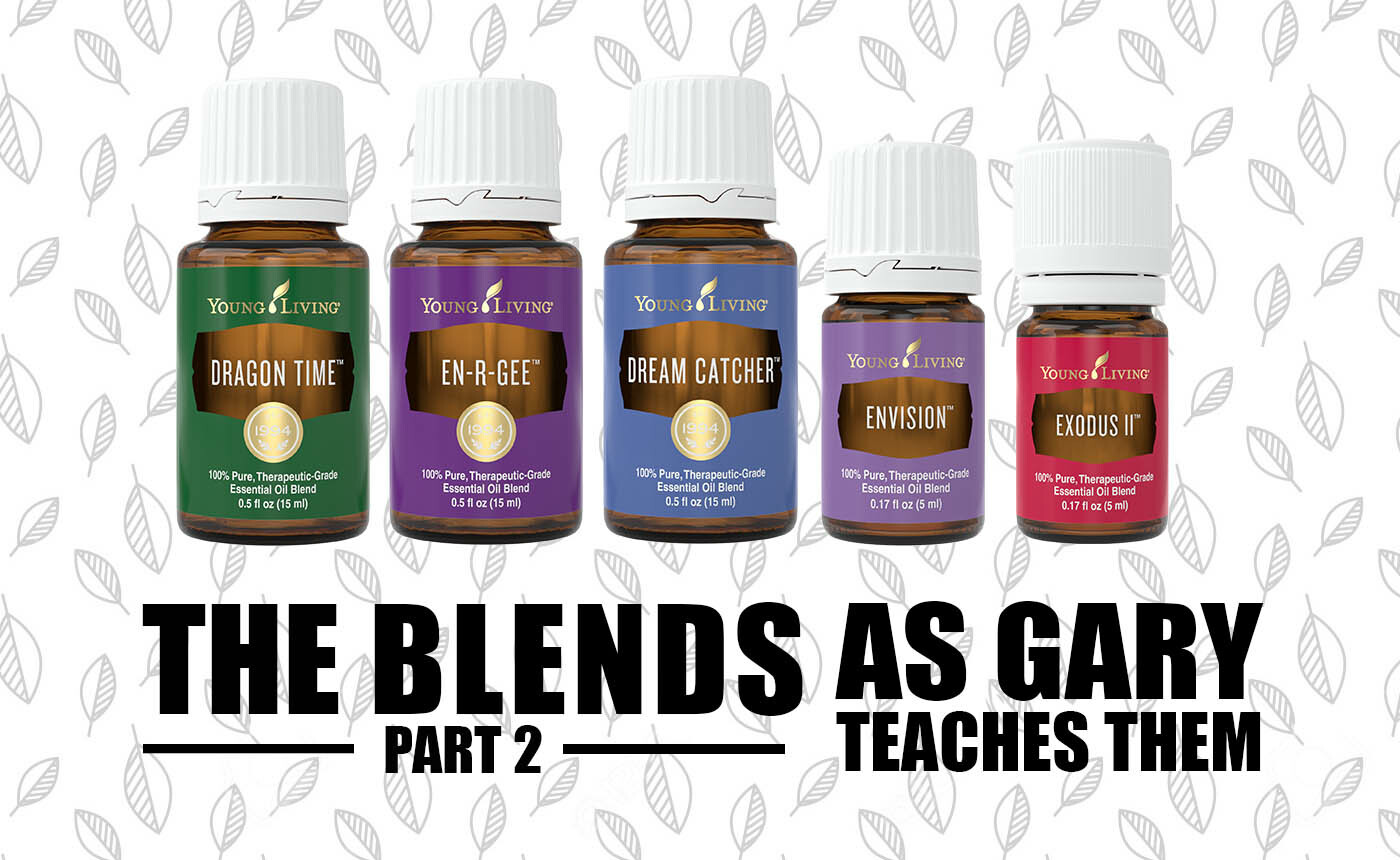


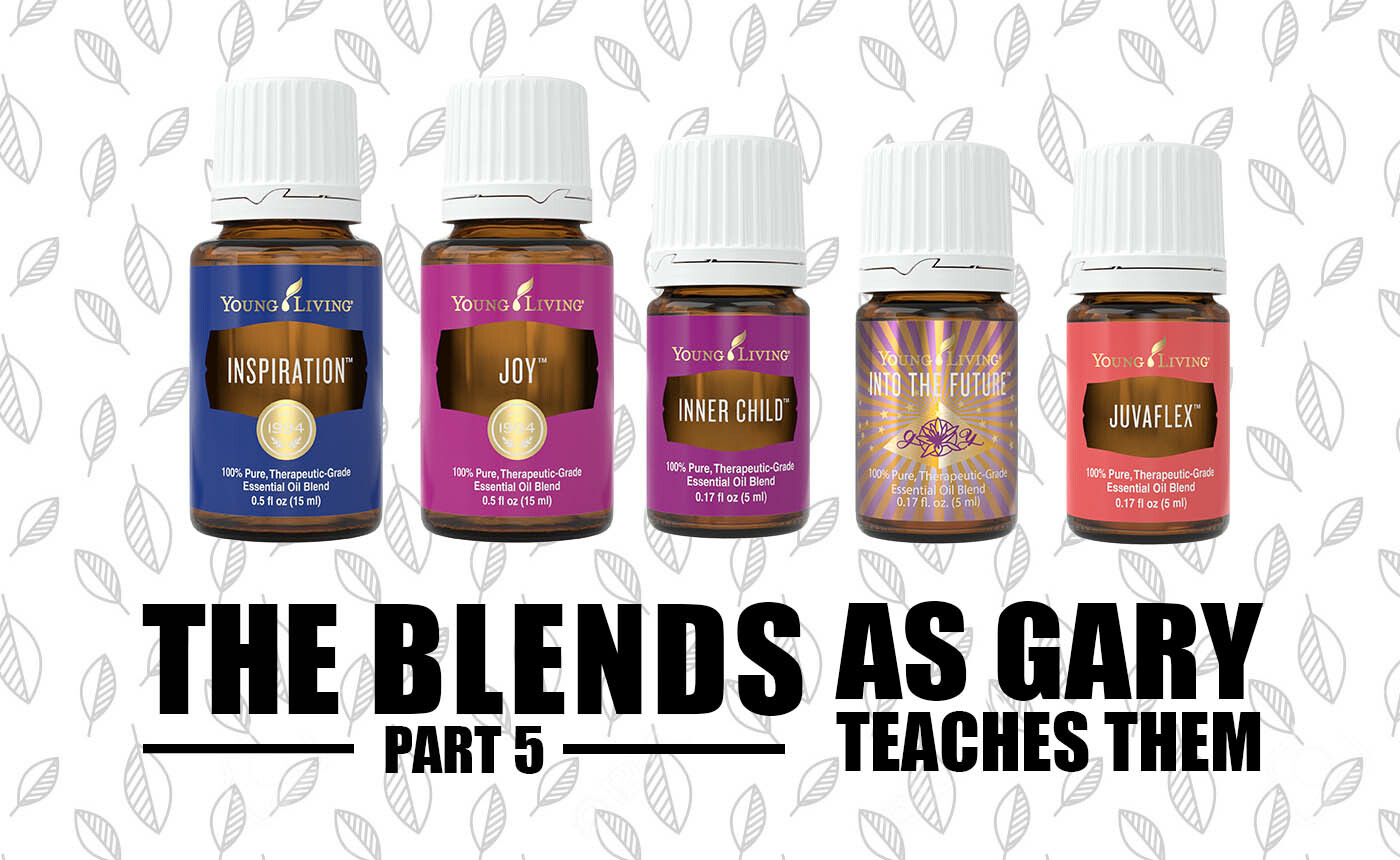


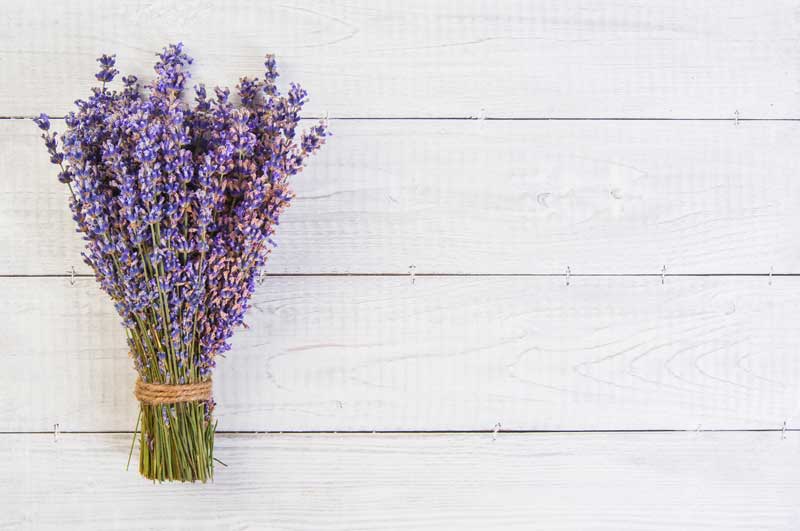
0 Comments